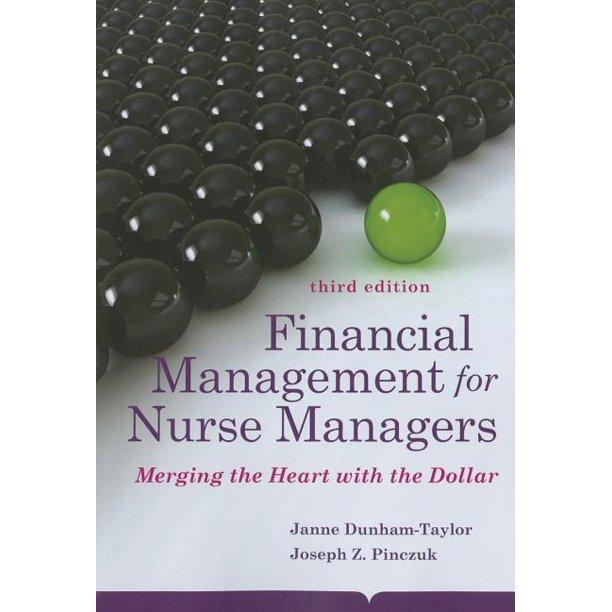Question
without leverage, the equity is worth either $15 million or $80 million at year-end. Because the risk is diversifiable, no risk premium is necessary and
without leverage, the equity is worth either $15 million or $80 million at year-end. Because the risk is diversifiable, no risk premium is necessary and we can discount the expected value of the firm at the risk-free rate to determine its value without leverage at the start of the year. the solution is : value unlevered = 1//2 (150)+1/2(80)/1.05= 109.52
My questions are:
1. why did they put 1/2 ( I know it says equally likely ) but what does it mean?
2. what is risk diversifiable?
3. what is the risk premium?
and why did they use 26% instead of 1/2in this problem (Gladstone Corporation is about to launch a new product? Depending on the success of the new product, Gladstone may have one of four values next year: $147 million, $136 million, $91 million, or $82 million. These outcomes are all equally likely, and this risk is diversifiable. Suppose the risk-free interest rate is 5% and that, in the event of default, 26% of the value of Gladstones assets will be lost to bankruptcy costs. (Ignore all other market imperfections, such as taxes.) Thank you
Step by Step Solution
There are 3 Steps involved in it
Step: 1

Get Instant Access to Expert-Tailored Solutions
See step-by-step solutions with expert insights and AI powered tools for academic success
Step: 2

Step: 3

Ace Your Homework with AI
Get the answers you need in no time with our AI-driven, step-by-step assistance
Get Started


